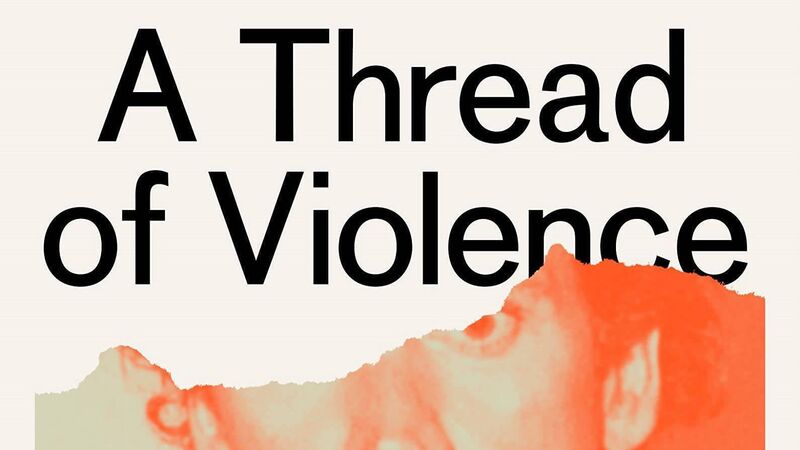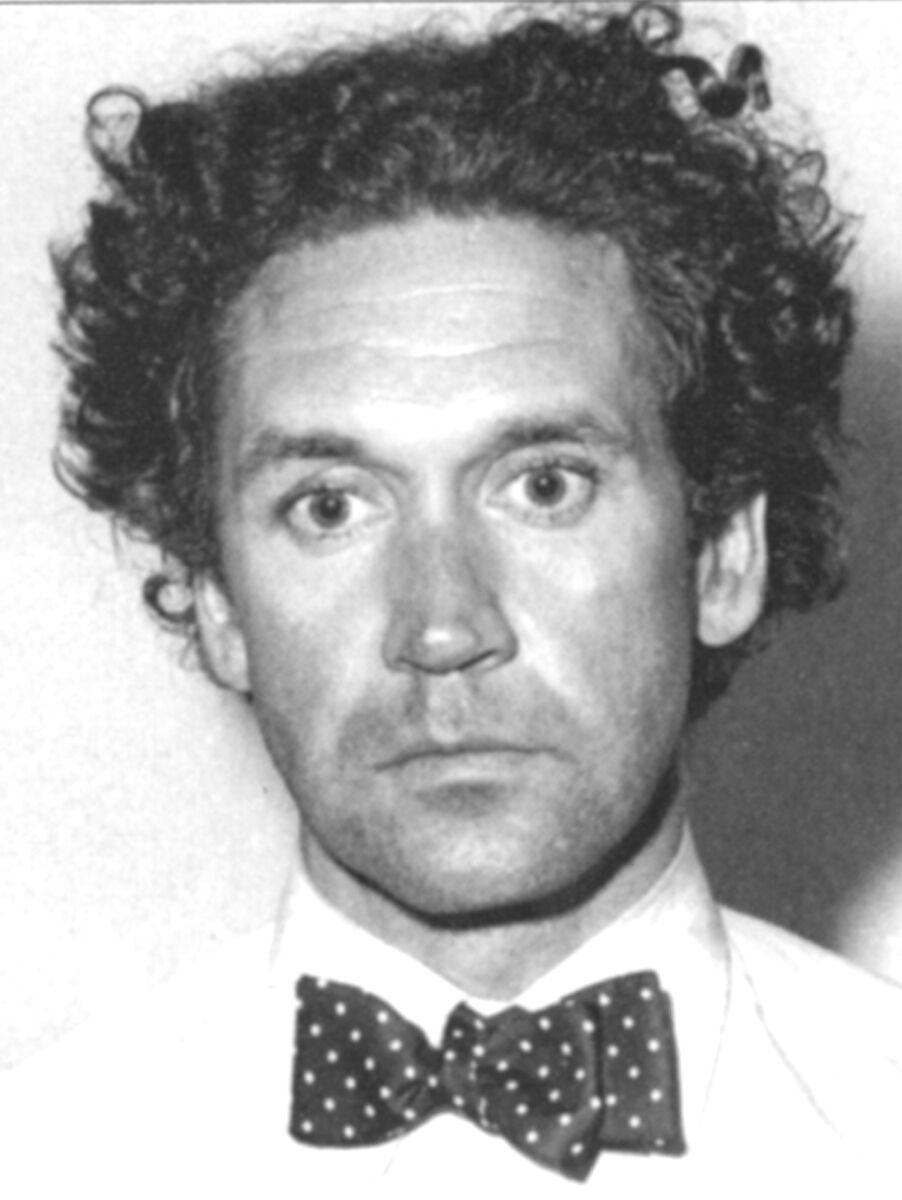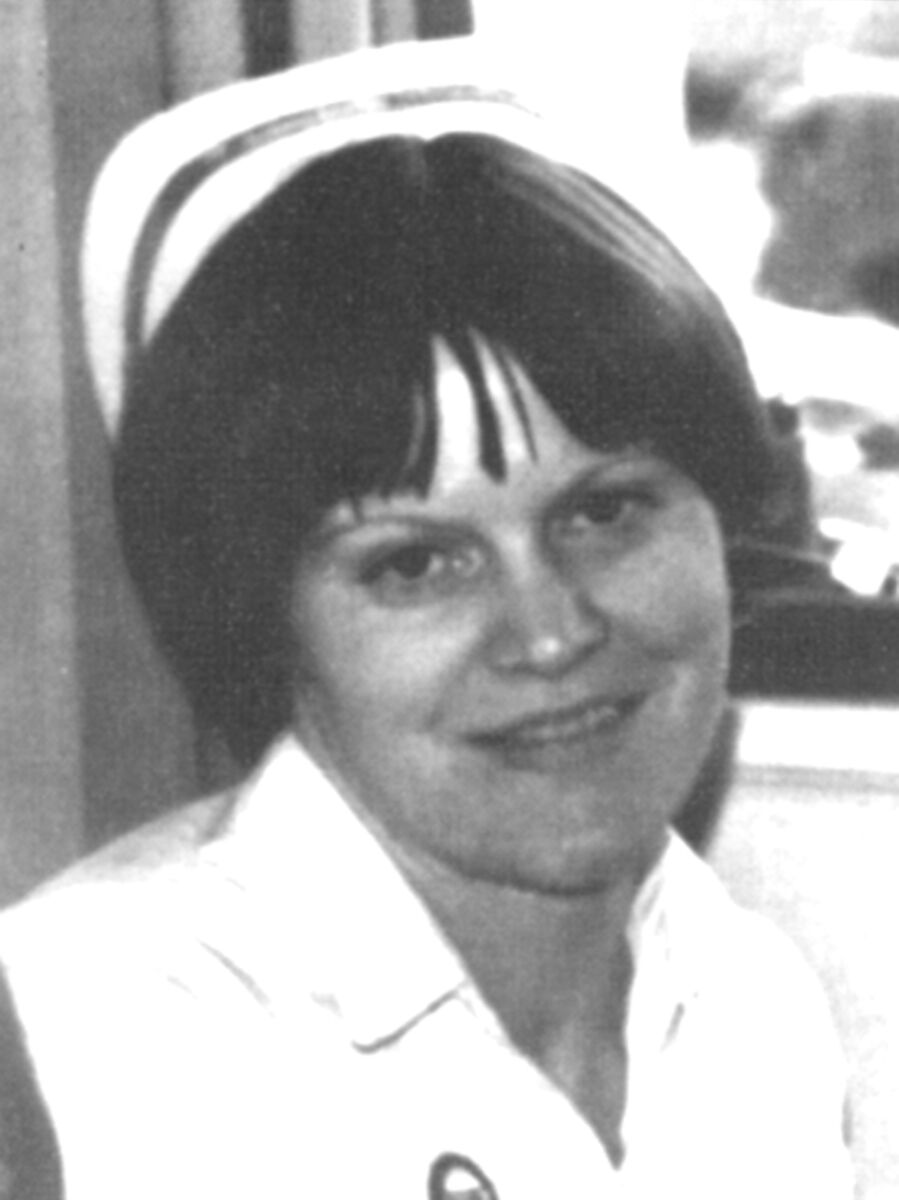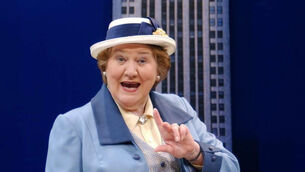Book Review: A Thread of Violence looks at GUBU killer Malcolm MacArthur's later life

Malcolm McArthur on the cover of A Thread of Violence
- A Thread of Violence: A Story of Truth, Invention and Murder
- Mark O’Connell
- Granta Books, pb €12.99
About a quarter of the way through this outstanding book, an elderly Malcolm Macarthur tells the author, Mark O’Connell, that it was important to him not to be seen as a violent man. For Macarthur, as odd as it may sound to contemporary readers, and even to his interlocutor, the events of 1982 were an aberration, a dark and bloody stain on the otherwise pristine surface of his life.
Macarthur called it his episode. It was, of course, far more than an episode to his victims, Bridie Gargan and Donal Dunne whom he callously and ruthlessly murdered over a blazing hot weekend in July 1982.
O’Connell notes that if Macarthur’s childhood had been a happy one, as he insisted it had, although the evidence O’Connell presents suggests the contrary, then it could not be said that Macarthur’s life followed an inexorable psychological course, a thread of violence as he called it. Hence the title.
This is not a simple retelling of the Macarthur story that scandalised Ireland in the summer of 1982, and one that has never faded from the public consciousness. It is rather a search for Macarthur as penned by O’Connell, whose grandparents as he tells us in his intriguing early pages lived in the apartment block in Dalkey where Macarthur was finally arrested by detectives after a three-week manhunt that convulsed the nation.
Macarthur was finally discovered in the penthouse flat of that exclusive apartment block, owned by the Attorney General, Patrick Connolly, who had been handpicked for the job by the Taoiseach, Charles Haughey, and that fact has always given this most unusual of cases a salacious underpinning.
It led to the acronym GUBU — grotesque, unprecedented, bizarre and unbelievable — which defined the era and its most captivating and alluring politician, Haughey, although O’Connell paints him in typical caricature in these pages.

O’Connell in spare but stunning prose retells the story of the horrific murders of Gargan in the Phoenix Park while she was sunbathing after a long shift as a nurse in the nearby St James’s Hospital, and Dunne, a farmer, near his home in Edenderry, Co Offaly, and the political scandal that erupted when their killer was arrested. He is not interested in politics though and this book is all the better for it.
His real interest is Macarthur. He tells us that part of his initial attraction to Macarthur as a subject was “a desire to penetrate beneath the surface of biographical facts to the inner logic of his life”. This desire for penetration brings him face to face with Macarthur. O’Connell tracks the killer down during the long days of covid in Dublin, and persuades him to talk.
He describes a spruce elderly person, an “almost stately figure, speaking with authoritative composure”. Although Macarthur scrupulously tells him he cannot talk of the events of 1982 as to do so would break his prison release conditions, O’Connell patiently and painstakingly builds up an uneasy rapport with the man whose face, replete with bow tie and wavy hair, as it is on the cover of this book, will be instantly recognisable to anyone with even a vague recollection of the events of 40 years ago.
O’Connell also presents to the reader a mental picture of this killer but rather plaintively notes that around Macarthur an essential mystery persists. He struggles with the fact that although the murders were nearly always, either directly, or indirectly, the focus of his many conversations with Macarthur, it was often difficult for him to consciously bear in mind the reality of what this man did and what it meant that he did it.
O’Connell writes of his frustration with Macarthur’s reluctance to engage directly with the question of his motivation and the thought process that led him to heinously murder two young people in the most callous and cruel of ways.
At times O’Connell feels as if he is within arm’s reach of the truth or something like it, but then ruefully observes that the “very act of reaching out for it caused it to retreat into the darkness like a startled animal”. It is beautiful writing like this which gives this book its lyrical edge but also brings home the almost banal horror of Macarthur’s actions.
Macarthur’s crimes because perhaps they were so brutal have long cast a spell over the collective Irish consciousness. Yet in his telling of Macarthur’s tale of child of privilege to notorious murderer O’Connell notes that “there is a sulphurous whiff of madness emanating from the whole affair, a persistent sense that none of it adds up”.
In recounting Macarthur’s life, and the almost surreal events of the summer of 1982, where he decided that he had to rob a car and a gun to commit the bank robbery that would ease his financial troubles, O’Connell posits the view that the route he followed toward murder was determined by what he calls “a cartography of class”.

It was, as if by dint of his background, Macarthur believed that the normal rules of society did not apply to him. He had lived a bohemian louche lifestyle, never really worked, and when his inheritance began to run out, he acted as if societal norms, which most everybody else observes, were an almost alien concept.
This led him to concoct a ludicrous heist plan which had a chaotic execution and a disastrous aftermath. As one of the detectives who worked the case, Tony Hickey told O’Connell while shaking his head with amused contempt, it was “a frenzy of tomfoolery”, O’Connell writes with great humanity about Macarthur’s victims, Bridie Gargan and Donal Dunne, and their loved ones.
He also writes with sensitivity about Macarthur himself noting that he knew Macarthur was lonely and that the loneliness was a major reason the notorious murderer agreed to speak with him in the first place.
Macarthur tells O’Connell of his conviction that socially speaking he has a considerable amount to offer and that he has very strong instincts for decency and compassion or a “very strong instinct for the human species, affectively” as he puts it.
He accepts that Macarthur is capable of behaving with decency and kindness. He recounts how Macarthur told him that he would like to be known, at least among a select group of people, for something other than the fact that he had committed two murders. But O’Connell is wise enough to offer him no solace.
In the end he writes of Macarthur denying him the satisfaction of an ending. He wants Macarthur to feel real remorse, real suffering, “to tremble in terror at the moral magnitude of his iniquity”. But it never comes.
This is one of the really outstanding books of modern Ireland. It is a heady cocktail of reportage, detection, and reflection.
Readers will marvel at O’Connell’s sheer doggedness in persuading Macarthur to speak him. They will be in awe of his writing. They will be sympathetic to his struggles in wrestling with the appalling crimes Macarthur committed while being somewhat sympathetic to his plight in his advancing age.
O’Connell spent much time and energy in getting to know Macarthur and one gets the impression that he is completely spent by the time he writes his final line.
But ultimately Macarthur remains unknowing. He is a cipher. He cannot be understood despite O’Connell’s best efforts in this magnificent book.







